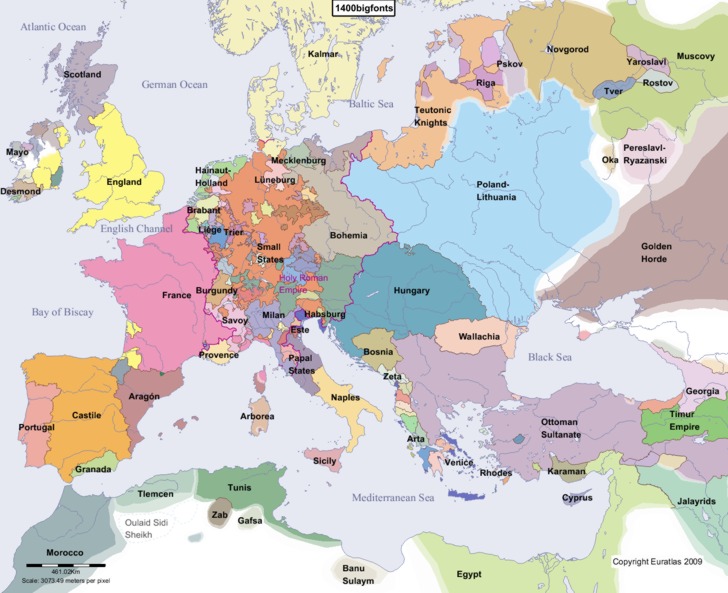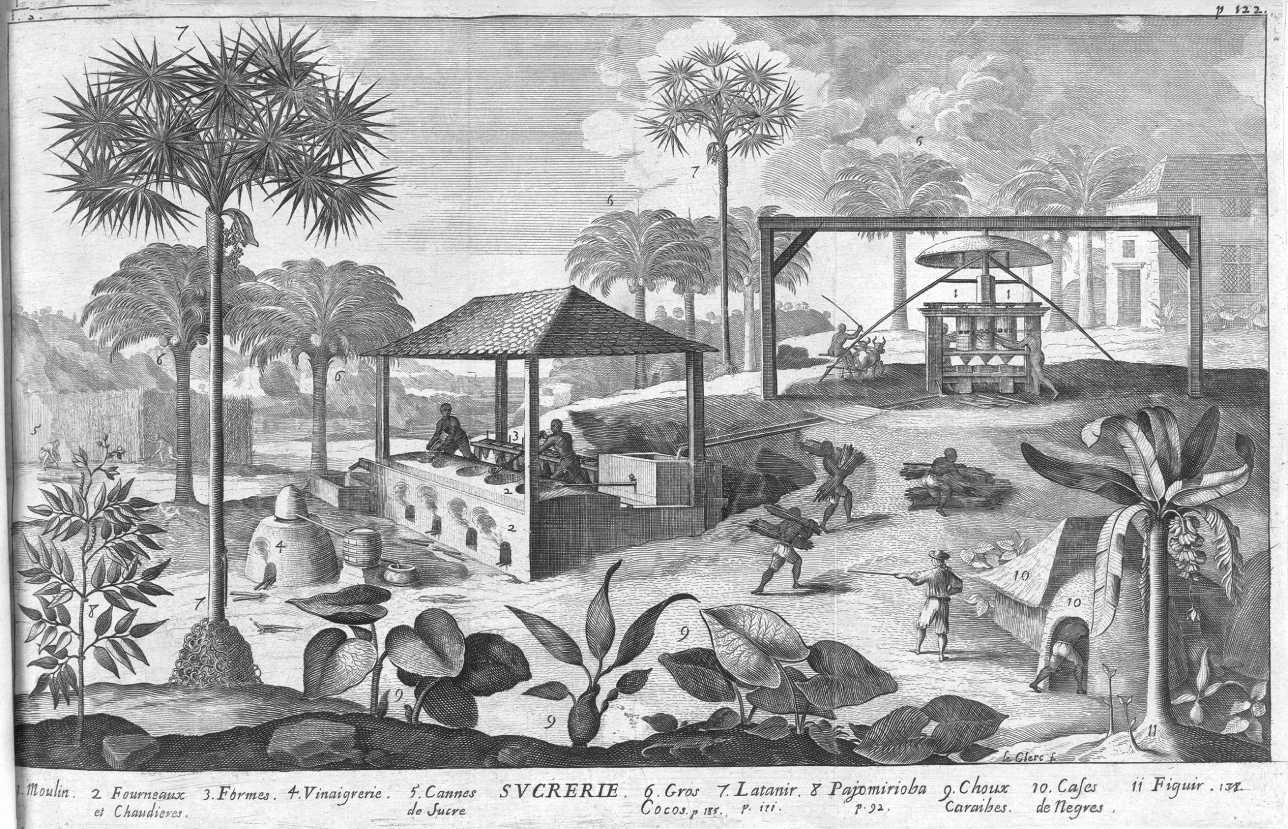The Economic History Between 1400-1500: A Period of Transformation
The period between 1400 and 1500 was a time of significant economic changes, often considered a transition from the medieval economy to early modern economic structures. This era saw advancements in agriculture, trade, exploration, and economic ideologies that shaped the future of global commerce. During this time, the world population was estimated to be between 350 million and 450 million people. Let's explore the key economic developments of this period in greater detail. Here is an overview of some key aspects:
1. Population Growth and Agricultural Advancements
The Role of Population Growth
During the 15th century, Europe experienced a gradual population recovery following the devastation caused by the Black Death in the 14th century. This resurgence contributed to an increased demand for food, goods, and labor, leading to economic expansion.
Advancements in Agriculture
Several agricultural innovations emerged to sustain the growing population:
The Three-Field System: This method allowed for crop rotation, reducing soil depletion and increasing yields.
Heavy Plow Usage: Improved plowing techniques helped cultivate previously unfarmable land.
Irrigation Improvements: Better water management enhanced productivity in drier regions.
The increased agricultural output fueled urbanization, as surplus food allowed more people to engage in non-agricultural occupations, contributing to economic diversification.
2. The Expansion of Trade and Commerce
The Growth of Trade Routes and Marketplaces
Trade played a pivotal role in economic development. The rise of international trade was driven by the expansion of major trade routes:
Silk Road Trade: Although in decline due to political instability, it continued to facilitate trade between Europe, Asia, and the Middle East.
Mediterranean Trade: Dominated by cities like Venice and Genoa, which controlled spice and luxury goods trade.
Hanseatic League: A powerful trade alliance of Northern European cities that controlled commerce in the Baltic and North Seas.
The Rise of Financial Systems
To support increased trade, financial innovations emerged:
Double-Entry Bookkeeping: Introduced in Italy, this system improved financial accountability and efficiency.
Bills of Exchange: Allowed merchants to engage in long-distance trade without carrying large sums of money.
Banking Expansion: Banking families such as the Medici of Florence played a crucial role in financing commerce and governments.
3. The Age of Exploration and Its Economic Impact
Key Maritime Discoveries
The 15th century saw the rise of European maritime exploration, which reshaped global trade and economies:
Prince Henry the Navigator of Portugal encouraged exploration along the African coast.
Vasco da Gama (1497-1499) established a direct sea route to India, enhancing the spice trade.
Christopher Columbus (1492) discovered the Americas, leading to the eventual establishment of transatlantic trade routes.
Ferdinand Magellan's Expedition (1519-1522) proved the world was round and established a global trade network.
Colonial Expansion and Resource Extraction
European nations began establishing colonies, extracting resources such as gold, silver, and spices. This led to:
Increased wealth accumulation by European states.
The beginning of European dominance in global trade.
The exploitation of indigenous populations for labor and resources.
4. The Rise of Mercantilism: A New Economic Philosophy
Understanding Mercantilism
Mercantilism was an emerging economic doctrine emphasizing state control over trade to maximize wealth and power. Core principles included:
Favorable Trade Balance: Exporting more than importing to accumulate precious metals.
Colonial Exploitation: Establishing colonies to secure raw materials and markets.
Protectionism: Imposing tariffs and monopolies to protect domestic industries.
Government’s Role in Economic Policy
European governments actively promoted economic growth by:
Granting monopolies to trading companies such as the British East India Company and the Dutch East India Company.
Regulating industries through subsidies and incentives.
Encouraging domestic manufacturing to reduce dependency on imports.
5. Changes in Production and Labor Systems
Guilds and the Regulation of Craftsmanship
Guilds played a crucial role in the medieval economy, ensuring quality control and training skilled workers. However, changes in production methods gradually reduced their influence.
The Rise of Proto-Industrialization
The late 15th century saw the emergence of new production methods:
Cottage Industries: Small-scale production in homes, particularly in textiles and metalwork.
The Putting-Out System: Merchants provided raw materials to workers who produced goods at home, creating an early form of capitalist production.
Increased Specialization: Towns and cities developed industries tailored to specific products, such as wool in England and silk in Italy.
These changes marked the beginning of the shift from feudal economies to market-driven capitalism.
Conclusion: Setting the Stage for the Modern Economy
The economic developments between 1400 and 1500 laid the foundation for modern economic systems. Key transformations included:
Agricultural advancements that supported population growth and urbanization.
Expanded trade networks and financial innovations that facilitated commerce.
Maritime exploration and colonial expansion that integrated global markets.
The rise of mercantilism that shaped economic policies for centuries.
Shifts in production and labor that heralded the beginnings of industrialization.
These changes not only reshaped economies but also contributed to the rise of powerful nation-states and the eventual birth of capitalism. The 16th century would build upon these transformations, leading to even greater economic, technological, and societal shifts.
You may like
Read more:
🌟 The Economic History Between year 1400-1500












